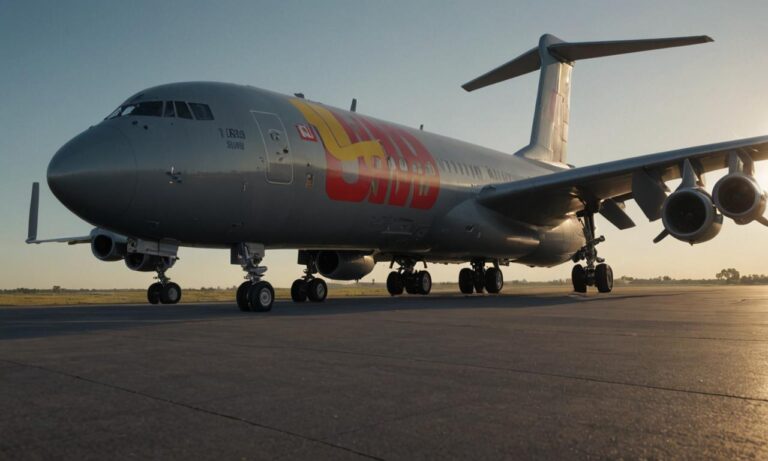In the realm of aviation, ensuring safety is paramount, and every aspect of aircraft maintenance and operation is meticulously scrutinized. One crucial procedure in aircraft maintenance involves purging fuel tanks to remove potentially hazardous gases or vapors. But what gas is used for this critical task?
The Importance of Purging Aircraft Fuel Tanks
Before delving into the specific gas used for purging, let’s first understand why purging aircraft fuel tanks is necessary. Fuel tanks in aircraft can accumulate flammable gases or vapors, which pose a significant safety risk. Purging these tanks removes any residual fuel or volatile compounds, reducing the risk of ignition and ensuring safe operations.
The Role of Nitrogen in Fuel Tank Purging
When it comes to purging aircraft fuel tanks, nitrogen gas emerges as the preferred choice. Nitrogen is inert, meaning it does not react with other substances, making it ideal for displacing potentially flammable gases or vapors without introducing any additional hazards.
Here’s how the process typically works:
| Step | Description |
|---|---|
| 1 | The aircraft fuel tank is isolated from other systems. |
| 2 | Nitrogen is introduced into the tank, displacing the air and any residual fuel vapors. |
| 3 | The purged gases are safely vented out of the aircraft. |
This process effectively removes any combustible elements from the fuel tank, minimizing the risk of fire or explosion during subsequent maintenance or flight operations.
Advantages of Using Nitrogen
Several factors contribute to the preference for nitrogen in purging aircraft fuel tanks:
- Nitrogen is readily available and cost-effective.
- Its inert nature ensures safe displacement of potentially hazardous gases.
- It does not support combustion, reducing the risk of fire.
- Nitrogen is compatible with various aircraft fuel systems.
When it comes to purging aircraft fuel tanks, the choice of gas is crucial for ensuring safety and reliability. Nitrogen emerges as the preferred option due to its inert properties and compatibility with aircraft systems. By employing nitrogen purging procedures, aviation professionals can mitigate risks associated with fuel tank maintenance and enhance overall safety standards.
Understanding Safety Regulations
Aviation authorities impose stringent regulations regarding aircraft maintenance procedures, including fuel tank purging. Compliance with these regulations is essential to ensure the safety and airworthiness of aircraft. Regulations often dictate the specific methodologies and gases permitted for purging fuel tanks, emphasizing the importance of adhering to industry standards.
Common Challenges in Fuel Tank Purging
Despite the advantages of using nitrogen for fuel tank purging, challenges may arise during the process. These challenges could include variations in tank designs, accessibility issues, and environmental factors. Aviation maintenance crews must be equipped to address these challenges effectively to maintain operational efficiency and safety standards.
Frequently Asked Questions
1. Can other gases be used for purging aircraft fuel tanks?
While nitrogen is the preferred choice for its inert properties, other gases such as helium or argon may also be suitable depending on specific aircraft requirements and regulatory approvals.
2. How frequently should fuel tanks be purged?
The frequency of fuel tank purging depends on several factors, including storage conditions, usage patterns, and maintenance schedules. Regular inspections and risk assessments help determine the appropriate purging intervals to maintain safety.
3. Are there alternative methods for purging fuel tanks?
Besides nitrogen purging, alternative methods such as vacuum purging or chemical purging may be employed in certain situations. These methods offer additional flexibility but require careful consideration of their effectiveness and safety implications.
Enhancing Efficiency Through Technology
Advancements in technology continue to revolutionize aircraft maintenance practices, including fuel tank purging. Automated systems, sensor technologies, and predictive maintenance tools enable more precise and efficient purging processes, further enhancing safety and operational efficiency.
See also:






